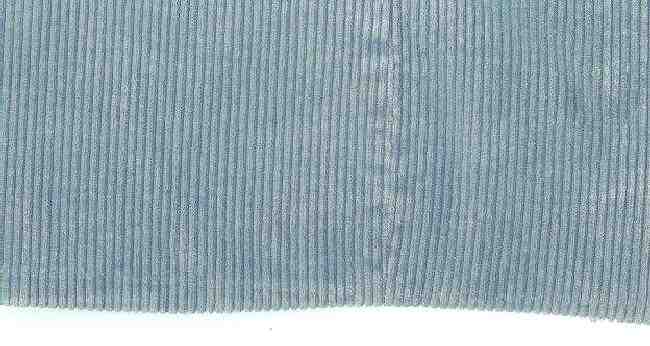
Figure 1.--One of the destictinctive characteristics of corduroy are the wales in the material, always worn vertically. These wales vary signifgicantly in corduroy. |

|
A wide range of terms have been used in different countries to refer to corduroy. We are archiving here the terms that we know of in different countries. There are also several different technical terms associated with corduroy.
We notice quite a range of terms used for corduroy around the world.
There are several words for corduroy in velvet. The term "Manchester" has been used in the Netherlands, probably picked up from the German. It is the word for the heavy material kind of corduroy. "Ribfluweel" (fluweel means velvet) is used for the velvet kind of corduroy. "Ribcord" is used for corduroy too. The English word "corduroy" is also commonly used in Dutch also.
The proper English word is "corduroy", although "cord" is more commonly used. Corduroy and cord are commonly used in both America and England. The OED describes corduroy as "a kind of coarse, thick-ribbed cotton stuff, worn chiefly by laborers or persons engaged in rough work." A typical period quotation includes this 1795 item: "The manufacture comprehends the various cotton stuffs known by the names of corduroy, velverett, velveteen, thicksett, etc." Other terms for corduroy include Bedfor and Manchester cloth.
The French called it "velours c˘telÚ" (ribbed velvet) or simply "velours", leading to obvious confusion with "true velvet". Indeed HBC notes that HBC's French readers often refer to corduroy as "velvet". Of course this has been complicated as some inexpensive velvet-like fabric is today made with cotton and marketed as velvet or velveteen--but this is not true velvet. The texture of the two fabrics has some relationship, but true velvet is much more plush and very expensive as it was made with silk rather than cotton and with a fashion image almost the opposite of corduroy.
The manufacture of corduroy was so concentrated in South Lancashire during the 19th century that corduroy became known in Germany as "Manchesterstoff" (Manchester fabric), later abbreviated simply as "Manchester". Gradually "kordsamt" (corded velvet) and finally "kord," the modern term.
Corduroy has been referred to as "Manchester", probably borrowing the 19th century German term. German-speaking Austria controlled or was very influential in the Balkans until their defeat in World War I during 1918.
The common word Spanish word for corduoy is "pana". HBC is not sure of the derivation. In some Latin American countries, especially Mexico, the English "corduroy" is also used.
Corduroy is inaccurately refereed to as velvet in several countries. Other countries have specialized names for corduroy, including Danish (jernbaneflojl--railway velvet), Esperanto (kordurojo), and Italian (frustagno).
We note several technical terms associatd with corduroy
Fustian is the term used for sturdy cloth blending cotton and flax. It is also a general term used for any of several different thick twilled cotton fabrics which have a short nap, the best known being corduroy.
Pinwale is a term for fabrics made with narrow wales, such as pinwale corduroy. The sence appears o be the same as a pinstrip suit, a suit made with thin vertical white stripes.
"Wales" are the vertical ribs in woven cloth. The term is also used to describe the texture or weave of a fabric. The wales are particularly notable in corduroy fabric.
Corduroy "wales" are an especially important aspect of the fabric. Wales are an aspect of quality, but they are also an aspect of fashion which has changed over
time. The wales of cotton fabric are affected to some extent by the garment involved. HBC has noted corduroy shirts with relatively narrow wales, normally 18 or
higher. Corduroy has, however, been more commonly used for pants than shirts. Wider wales are more common for jackets and pants. The ribbage per inch could
vary from 1.5 to 21, although perhaps 4-18 is more common. The traditional "standard" falls somewhere between 10 and 12. Less than 4 wales to the inch would
shade into the shaggy "jumbo cord" popular around 1970. The especially narrow wales are not as heavy wearing and, as one of our HBC contributors reports,
"more than 18 would not support a sufficiently solid, boy-proof base".
Navigate the Boys' Historical Clothing Web Site casual pages:
[Return to the Main cord page]
[Return to the Main fabric page page]
[Camp shorts]
[Clam diggers]
[Cord shorts]
[Jeans]
[Jump suits]
[Koveralls]
[Lederhosen]
[Pinafore]
[Shortalls]
[Smocks]
[Soccer shorts]
Navigate the Boys' Historical Clothing Web Site:
[Return to theMain short pants page]
[Introduction]
[Activities]
[Biographies]
[Chronology]
[Clothing styles]
[Countries]
[Bibliographies]
[Contributions]
[FAQs]
[Glossary]
[Satellite sites]
[Tools]
[Boys' Clothing Home]
